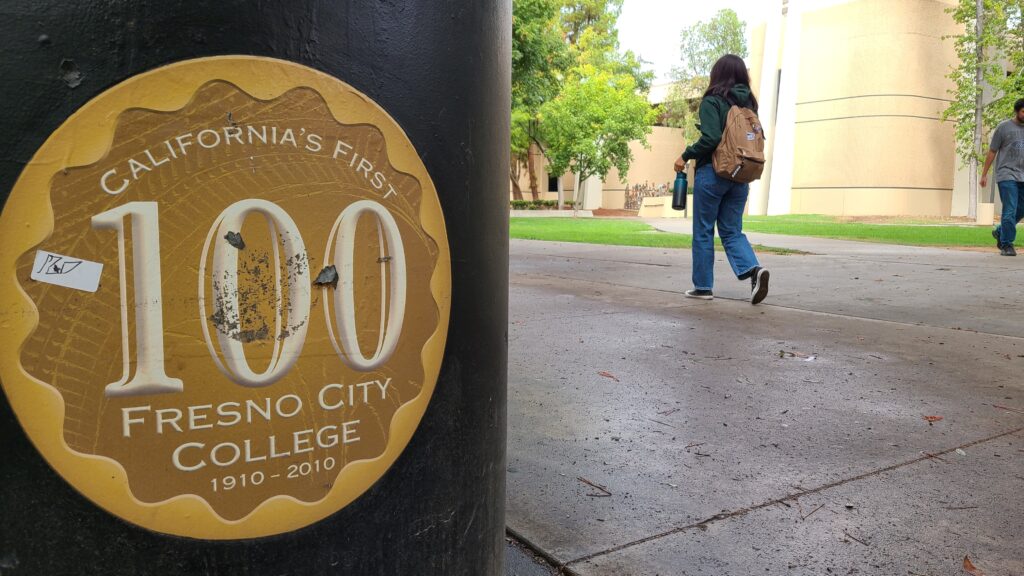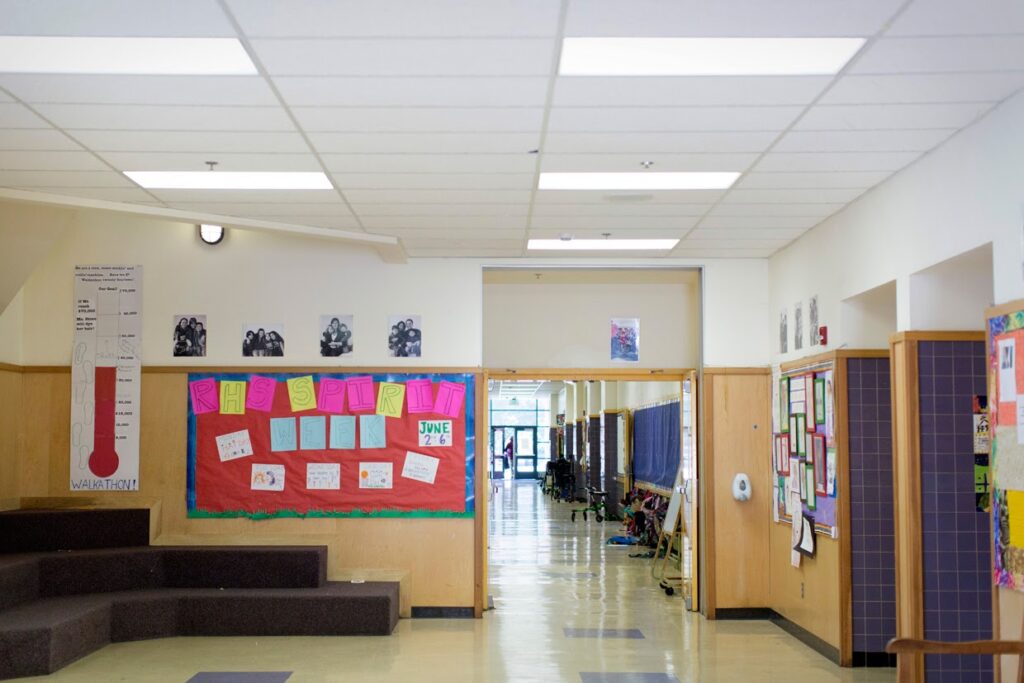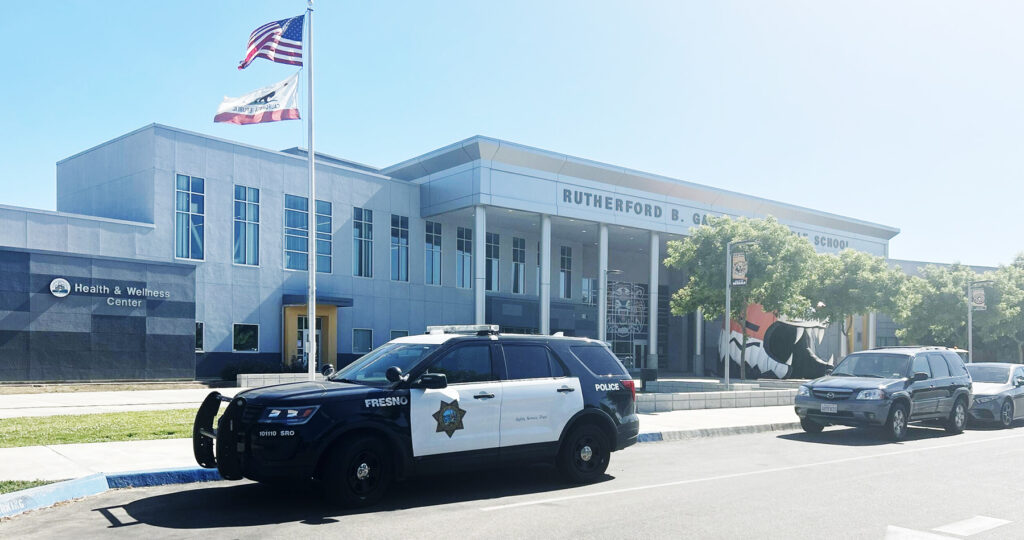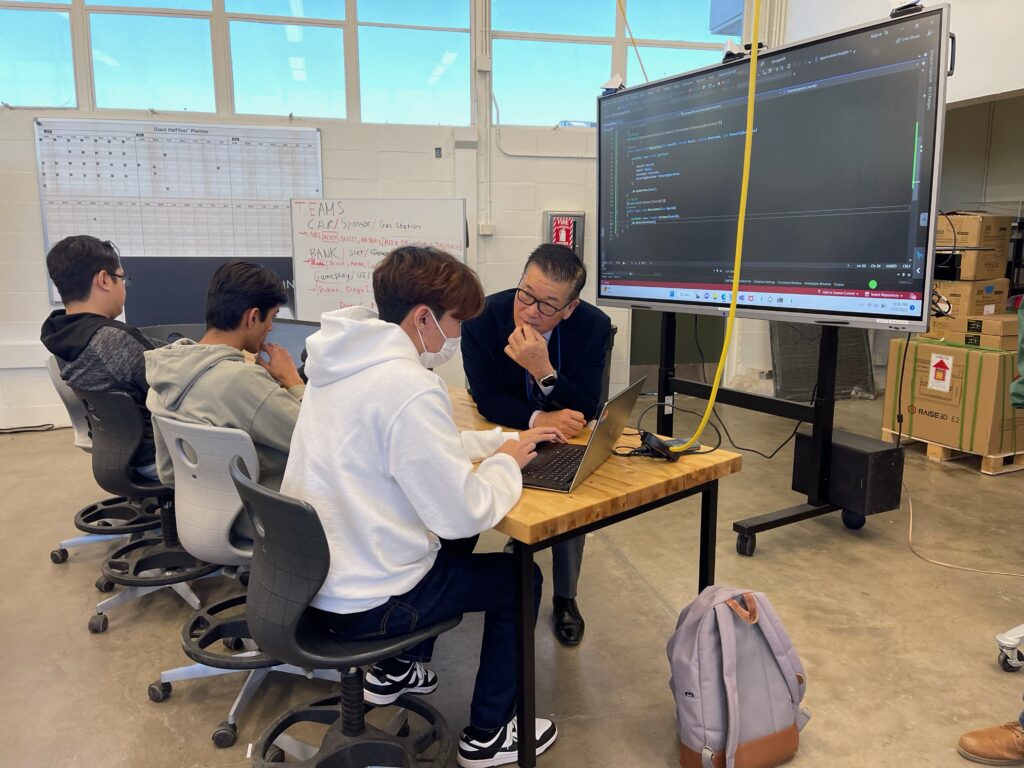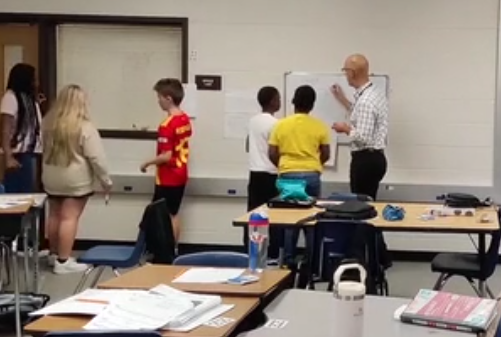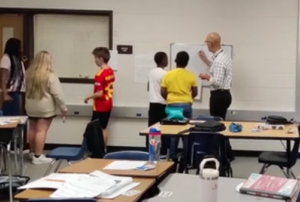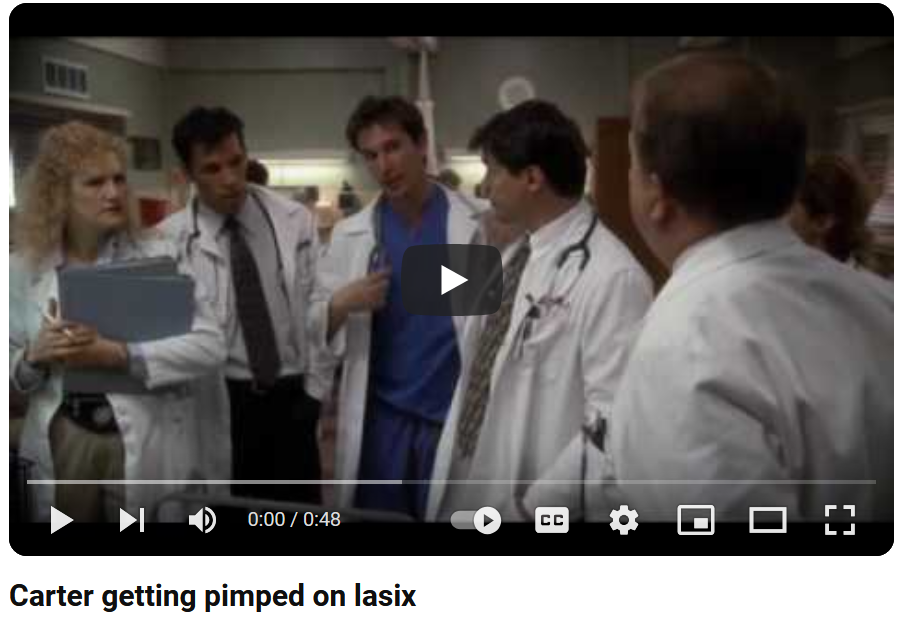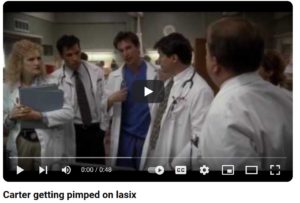
Fresno City College campus.
Credit: Ashleigh Panoo / EdSource
The post has been updated to correct the position held by one of the union leaders mentioned in the story and to say that 50% of senators must be present and 75% must vote to remove the president.
Some professors in the State Center Community College District are calling for their union leaders to be transparent about their knowledge of the 2020 sexual misconduct findings against a colleague at Fresno City College who formerly taught at California State University, Fresno.
“Shocked” by EdSource’s report of the “alarming” allegations involving Tom Boroujeni, Laurie Taylor, an anthropology professor at Clovis Community College, which is also part of State Center, said she questioned union leadership and called for leaders to resign during a Dec. 1 meeting. Two professors at the meeting confirmed Taylor demanded union leadership resignations. Boroujeni is a Fresno City College communication instructor and also president of the school’s academic senate.
Union president Keith Ford forwarded EdSource’s interview request to the union’s executive vice president Ria Williams; Williams has not yet responded. Lacy Barnes, the union’s immediate past president and the Secretary Treasurer of the California Federation of Teachers, declined to comment.
“We, as union members, demand to know what our union leadership knew and when they knew it,” Taylor said in an interview with EdSource.
Boroujeni was found to have committed an “act of sexual violence” against a professor and colleague at nearby Fresno State in 2015 when he was a graduate student and adjunct instructor. The alleged victim is also a professor and Boroujeni’s colleague at Fresno City College. The State Center Community College District, parent agency to City College, learned of the “sexual misconduct investigation” when the alleged victim requested a no-contact order against Boroujeni, which was granted in the spring 2022 semester.
Boroujeni has taught at Fresno City College since 2015, the same year he began his academic career at Fresno State while still a graduate student. Fresno State couldn’t discipline him because he was a graduate student when the alleged violence occurred, Debbie Adishian-Astone, the school’s vice president for administration, told EdSource. Boroujeni resigned from Fresno State last year after officials said the act-of-sexual-violence report would be placed in his personnel file.
In his resignation, he agreed not to seek or accept work in the California State University system again.
But the matter had no immediate impact on his teaching career at Fresno City College, where the alleged victim teaches part-time in addition to her tenured position at Fresno State. State Center Community College District granted Boroujeni tenure in March. He assumed the academic senate presidency in May, after a two-year term as president-elect.
But the district put Boroujeni on paid leave on Nov. 30, a day after EdSource’s report.
This week, State Center officials remained tight-lipped over Boroujeni’s administrative leave because of “personnel matters subject to legal considerations related to privacy and to protect the integrity of any ongoing investigations,” a district spokesperson, Jill Wagner, wrote in an email.
A person familiar with the matter said the decision to put Boroujeni on administrative leave was because his presence on campus was disruptive and impacted the college’s ability to serve students, following EdSource’s report on the alleged sexual violence. Three instructors canceled class in response to the report.
Union response
The State Center Federation of Teachers represents faculty in the community college district. According to a statement obtained by EdSource, union officers would not comment on the sexual misconduct allegations publicly but could talk with members individually.
“We cannot comment specifically on this case or any other,” according to the union’s formal statement. “In no way does the Federation endorse or condone acts of harassment or violence in any circumstance.”
The union’s statement, Taylor said, seemed “dismissive and placating,” and “more could have been said.”
And Liz Romero, an early childhood education instructor at Clovis Community College, said she is also angry with the union over their response. She said she expected the union to take a position on the allegation of sexual violence against Boroujeni. Romero said it was “disheartening” that the union, through its statement, said their responsibility was to “defend the contract” and “defend the faculty’s rights to due process.”
“It seems like a disparity in power structure with a full-time faculty versus a part-time faculty,” Romero said about the union’s statement, “a man versus a woman, a person in leadership versus a person not in leadership. It feels very unbalanced.”
Academic Senate response
Professors who spoke to EdSource also directed their frustration at the Fresno City College Academic Senate, which Boroujeni leads.
In May 2023, Boroujeni started a two-year term as Fresno City College’s academic senate president, a role requiring that he works with the college’s administration in setting academic policy among other responsibilities. He became president-elect in May 2021 for a two-year term before ascending to the senate presidency seven months ago.
Romero, who has previously served as academic senate president at Clovis Community College, said the academic senate should remove Boroujeni as the president and hold a new election for the next president-elect. According to the bylaws of the Fresno City College academic senate, removing an officer requires a written petition detailing the rationale for the removal, with signatures from 25% of the academic senators; 50% of the senators must be present and 75% must vote to remove the president.
While Boroujeni is on administrative leave, the senate’s executive committee is using an acting president.
Past president Michael Takeda is the acting president while current president-elect Jackie Williams is on a sabbatical leave. Williams will become acting president in January if Boroujeni remains on leave.
The executive committee did not discuss Boroujeni during its Wednesday meeting.
“For now, there’s nothing really to discuss,” Takeda said.
Boroujeni did not respond to EdSource’s questions on Thursday.
As some faculty members expect more from the union, the college’s academic senate as well as the college and district, professors are finding ways to show solidarity with the alleged victim and to demand action.
For example, Romero said she won’t stay a union member if the union doesn’t take a stance on the matter.
“I don’t want my money to fund an organization that’s going to protect abusers,” she said. “That’s my only power in this situation. Everyone needs to do what they think is best for them, and I hope it’s always supporting victims of sexual assault and standing up for those with less power.”
